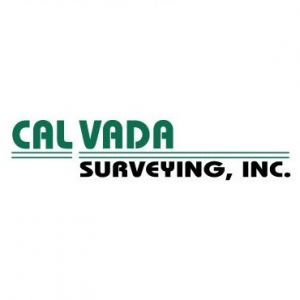What is High Definition 3D Laser Survey and its MethodologyPosted by Calvada on November 6th, 2015 3D laser scanning or HDS (high definition surveying) is an increasingly adopted technology that is used to capture the shape of different types of physical objects with the use of a line of laser light digitally. It is a non-destructive, non-contact technology that streamlines many types of survey work. 3D laser scanners establish point clouds or data points from the surface of an object, through which the shape, size, and form of the scanned object are recorded and given an intensity value. This scanning method is a highly efficient way to capture the exact size and shape of a physical object and translate it to three-dimensional digital representation. There are many different types of 3D laser scanners that are used for different types of surveys, each with varying ranges, speeds, accuracies, durability, styles of capture, and general uses. The best survey companies use and operate a fleet of different types of equipment to ensure the availability of the best tool for the job at hand because no single scanner can do everything. A 3D laser scanner measures the fine details of a surveyed area/object. It captures free-form shapes to quickly generate precise point clouds. This scanning method is ideally suited for measuring and inspecting contoured surfaces as well as objects with complex geometries that require massive amounts of data for an accurate description. It is also the best scanning method to use where traditional measurement methods or touch probes are simply impractical for the job at hand. Regardless of the type of scanner being used, the same basic principle applies where a laser is fired out from the scanning device. For every surface the laser hits, a point in space is recorded at the same time that the scanner records the surface's reflectivity, thus giving it an intensity value. Most modern scanners nowadays even feature built-in cameras, which provide RGB and color values to each point. Advanced scanners capture as many as 1 million points of data per second, generating a dense point cloud of data. After data capture, multiple scans are joined to create a control network. This is done by using survey points or allowing enough scan overlaps to register so that common cloud to cloud features can be recognized. Once all data are accounted for, a 3D modeling can commence, where erroneous points and noise can be deleted as the finished object is checked for accuracy and overall compliance with the tolerances of the project. About the Author: Armando Dupont, a professional land surveyor started his career in surveying in 1977 and has extensive experience in managing personnel and projects. His experience includes: topographic mapping, boundary surveys and analysis, construction and control surveying, preparation of tract and parcel maps, earth work calculation and quantities, targeting and control for photogrammetric, and land title surveys in accordance with the American Land Title Association and the American Congress on Surveying and Mapping. Mr. DuPont founded Calvada Surveying, Inc. in 1989 and is a licensed Professional Land Surveyor in the State of California. Like it? Share it!More by this author |


